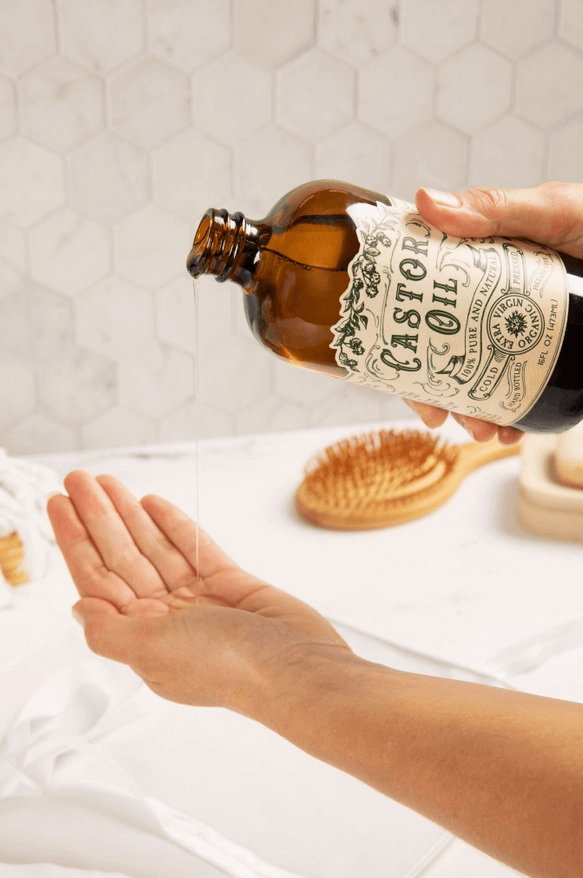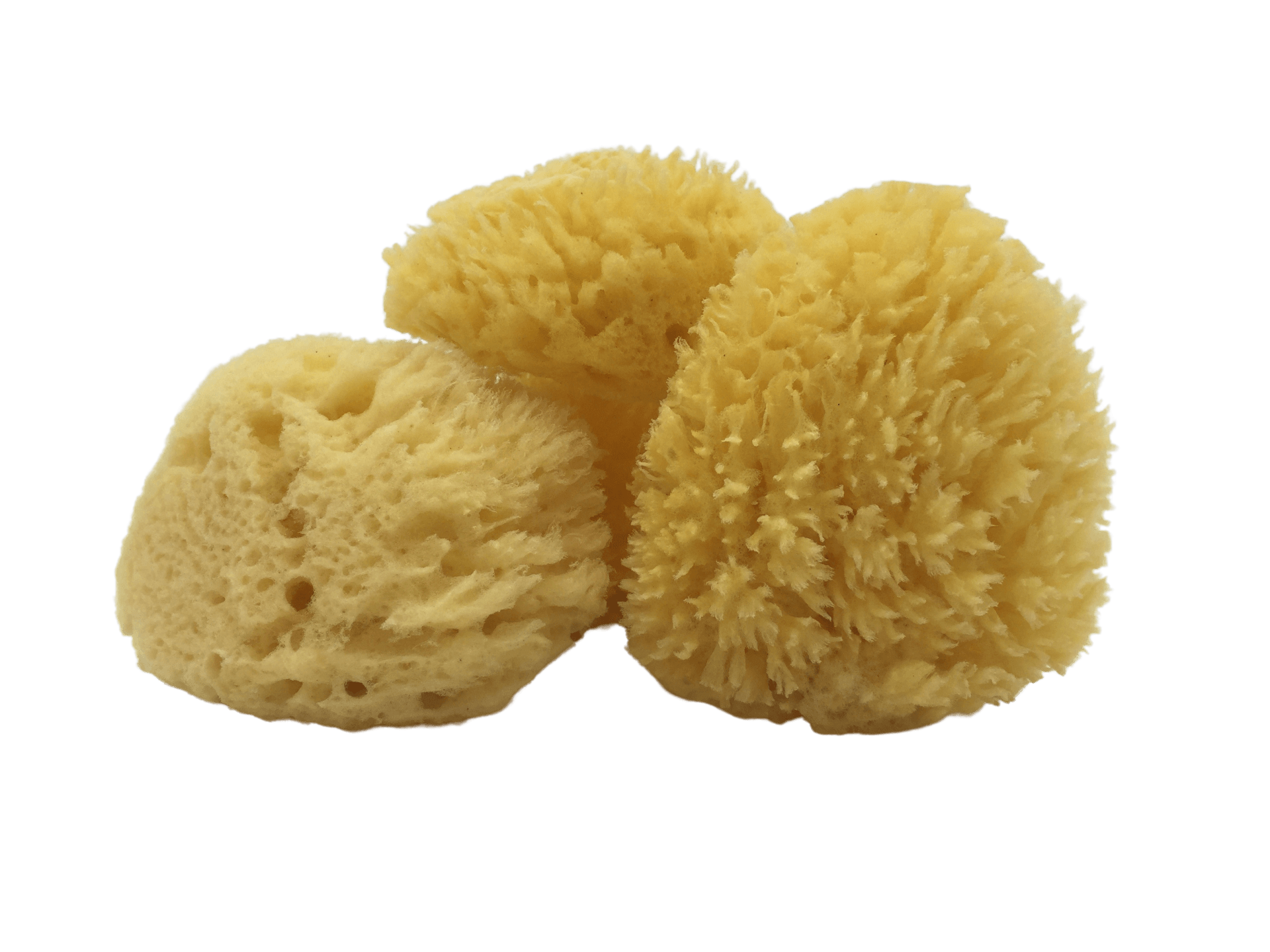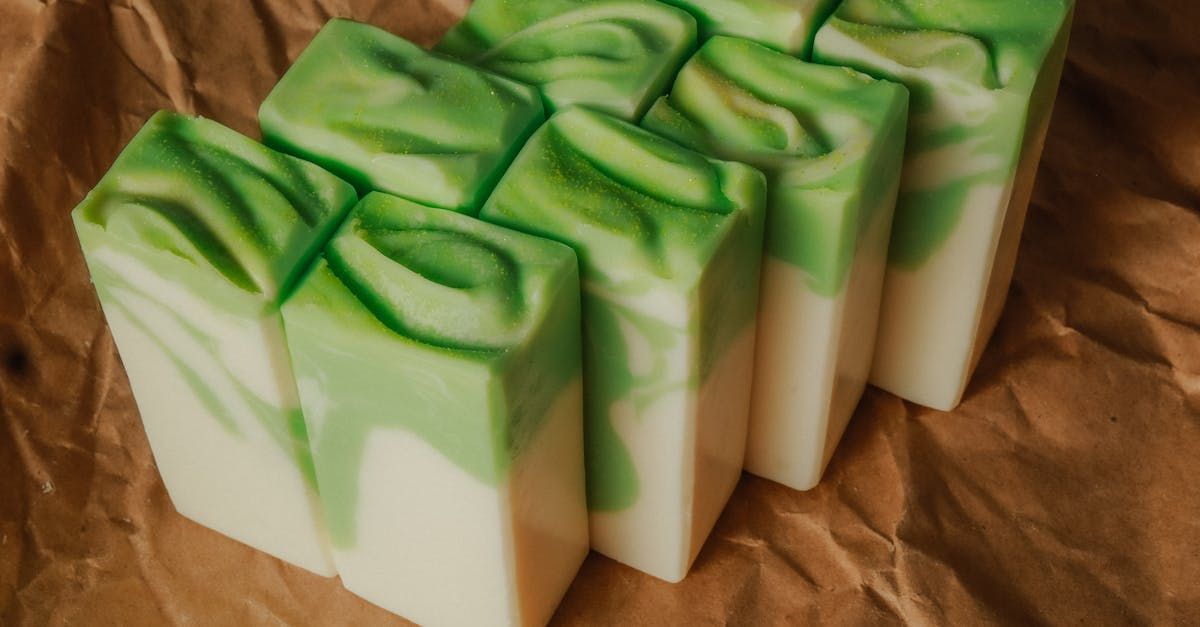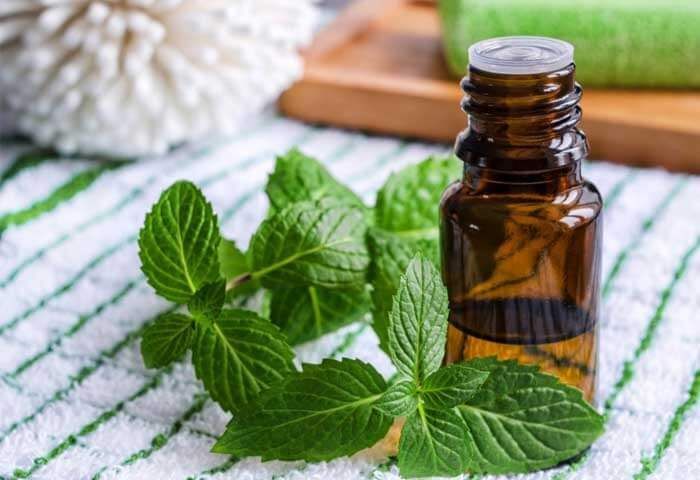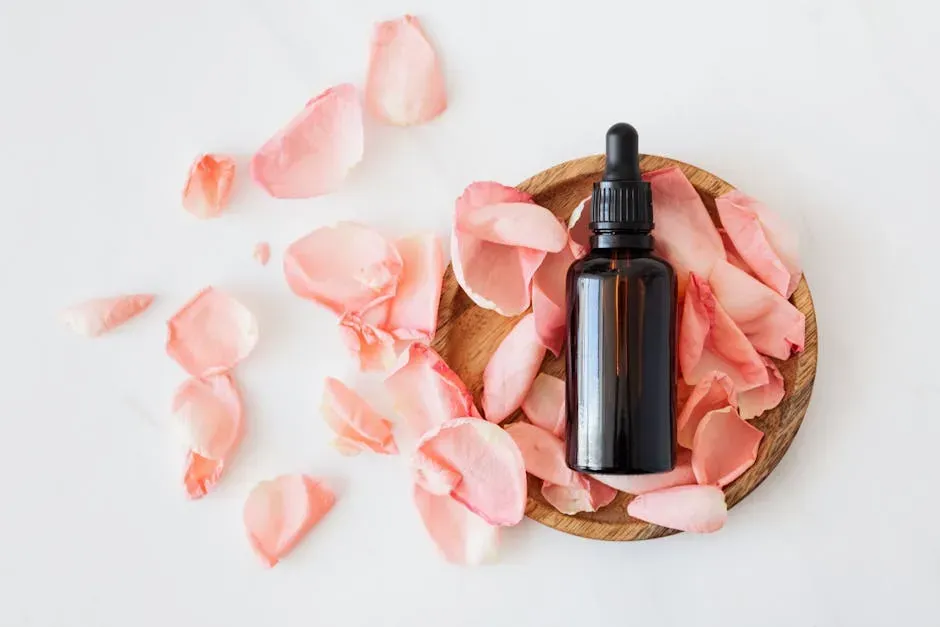The Art of Making Handmade Bath Soap
Crafting Luxurious Lather: Mastering the Art of Handmade Bath Soap

Handmade bath soaps are created using traditional methods that involve a combination of natural ingredients like oils, butters, and essential oils. The process typically includes mixing these ingredients with lye, which is then left to cure for a certain period. Each batch of handmade soap is carefully crafted by hand, allowing for a unique blend of scents and textures. Additionally, artisanal soaps often incorporate natural colorants such as herbs, spices, and clays, resulting in a beautiful, earthy aesthetic. This hands-on approach ensures that each bar of soap is not only luxurious but also ethically and sustainably made.
Choosing the right ingredients
When making handmade bath soap, it's crucial to select high-quality ingredients. Look for natural oils such as coconut, olive, and palm oil to provide moisturizing properties. Consider adding shea butter for richness and essential oils for fragrance. Additionally, incorporating natural colorants like clay and herbs can add visual appeal without the use of artificial dyes. Remember that the quality of your ingredients will impact the final product, so choose wisely.
Another important factor to consider when choosing ingredients is their environmental impact. Opt for sustainably sourced palm oil, or skip the palm ingredients to reduce your carbon footprint.
Understanding the cold process method
The cold process method is a traditional way to make handmade soap. It involves mixing oils and lye solution to create a chemical reaction called saponification. This reaction produces soap and glycerin, which is a natural moisturizer. Here's an overview of the process:
- Oils and lye solution are mixed together. The lye breaks down the oils into fatty acids and glycerin.
- The mixture is stirred until it thickens. Once the mixture reaches trace (when it has thickened and leaves a trail when drizzled), any additional ingredients such as fragrance, colorants, and additives can be added.
- The soap is then poured into molds and left to cure for 4-6 weeks. During this time, the soap will harden as excess water evaporates.
- After curing, the soap is cut into bars and ready for use.
This method allows the soap makers to have complete control over the ingredients and the creative aspect of the soap, resulting in unique and high-quality products. Additionally, cold process soap retains the natural glycerin which is a beneficial ingredient for the skin.
Adding scents and colors
When adding scents and colors to handmade bath soaps, natural ingredients like essential oils and botanical extracts are commonly used. Essential oils, such as lavender, peppermint, and citrus, not only provide pleasing scents but also offer potential therapeutic benefits. Additionally, botanical extracts like calendula, chamomile, and rosehip can impart natural colors and skin-nourishing properties to the soap. These natural additives are carefully selected and blended to create unique and delightful sensory experiences, making each handmade soap a work of art.
Furthermore, using natural scents and colors in your handmade soap also means avoiding harsh chemicals and artificial dyes that can be harmful to the skin. This is especially important for those with sensitive skin or allergies, as natural ingredients are less likely to cause irritation.
Exfoliation is an important step in any skincare routine, and it should not be neglected in handmade soaps. Many ingredients can serve as gentle exfoliants in soap, such as ground oats, jojoba beads, and sea salt. These natural exfoliants help remove dead skin cells, unclog pores, and reveal smoother and brighter skin.
Molding and shaping the soap
When it comes to molding and shaping handmade bath soap, the process involves pouring the soap mixture into specially designed molds to create unique shapes and sizes. The soap is then left to set and harden before being carefully removed from the molds. Artisans may also hand-sculpt the soap to add intricate designs and textures, giving each bar a one-of-a-kind artisanal touch.
Hand-cutting and curing the soap
To achieve the ideal texture and appearance, handmade soap is often cut by hand. This process allows for a more personalized and artisanal touch. Once cut, the bars are then set out to cure. This curing process ensures that excess water evaporates, resulting in a harder, longer-lasting bar of soap.
Packaging and labeling
When it comes to packaging and labeling handmade bath soaps, it's all about adding a personalized and artisanal touch to your product. Here are a few essential things to consider:
- Use environmentally friendly packaging materials to align with the natural theme of handmade soaps.
- Include clear and concise information on the labels, such as the ingredients used, scent, and any special features of the soap.
- Consider unique and visually appealing packaging designs to catch the customer's eye and convey the handmade, artisanal nature of the product.
Benefits of using handmade bath soap
Using handmade bath soap has several benefits that can enhance your skincare routine. Here are a few reasons why you may want to consider making the switch:
- Handmade soaps are often made with natural ingredients, which can be gentler on the skin and less likely to cause irritation.
- Many people find that using handmade bath soap leaves their skin feeling softer and more moisturized compared to commercial soaps.
- Handmade soaps are often crafted in small batches, allowing for more attention to detail and customization in terms of ingredients and scents.
- The artisans who make handmade bath soaps often take pride in their craft and pay attention to the quality of their products, resulting in a luxurious and indulgent bathing experience.
Tips for storing and using handmade bath soap
To make your handmade bath soaps last longer, store them in a cool, dry place away from direct sunlight, heat, or humidity. Use a soap dish with good drainage to keep your soap dry in between uses, and avoid letting it sit in water. To get the most out of your handmade soap, lather it in your hands or with a washcloth rather than applying it directly to your body. This will help the soap last longer and create a rich lather for a luxurious bathing experience.
Conclusion: the beauty of artisanal bath soap
Artisanal bath soaps offer a unique and special experience that mass-produced soaps just can’t match. The craftsmanship and attention to detail that goes into making each bar of soap creates a luxurious product that not only cleanses but also nourishes and pampers the skin. The intricate designs, appealing scents, and the natural, high-quality ingredients used reflect the care and dedication of the artisans behind the soaps. Using artisanal bath soap elevates your bathing routine, making it a delightful and indulgent experience that leaves you feeling refreshed and rejuvenated.
Tips for storing and using handmade bath soap
To make your handmade bath soaps last longer, store them in a cool, dry place away from direct sunlight, heat, or humidity. Use a soap dish with good drainage to keep your soap dry in between uses, and avoid letting it sit in water. To get the most out of your handmade soap, lather it in your hands or with a washcloth rather than applying it directly to your body. This will help the soap last longer and create a rich lather for a luxurious bathing experience.
Share
A High Thyme FARMacy Blog
